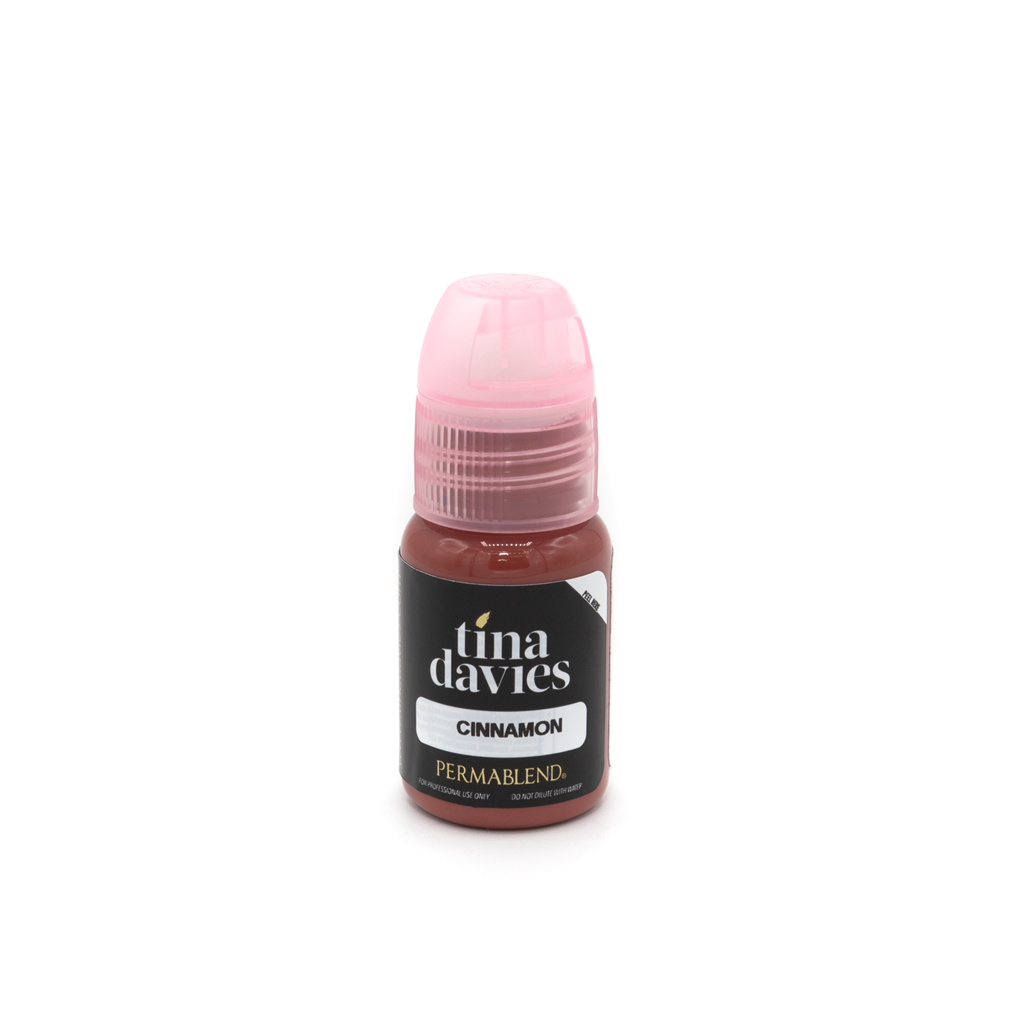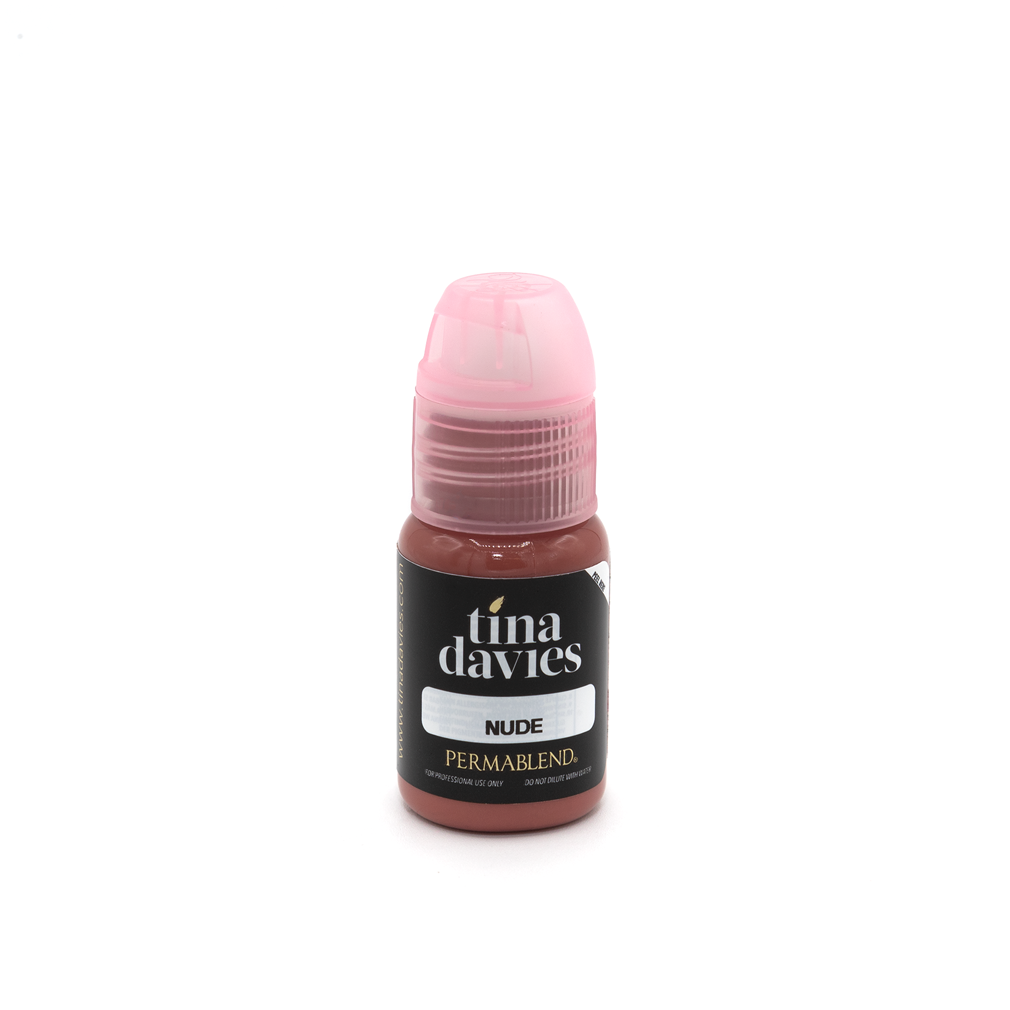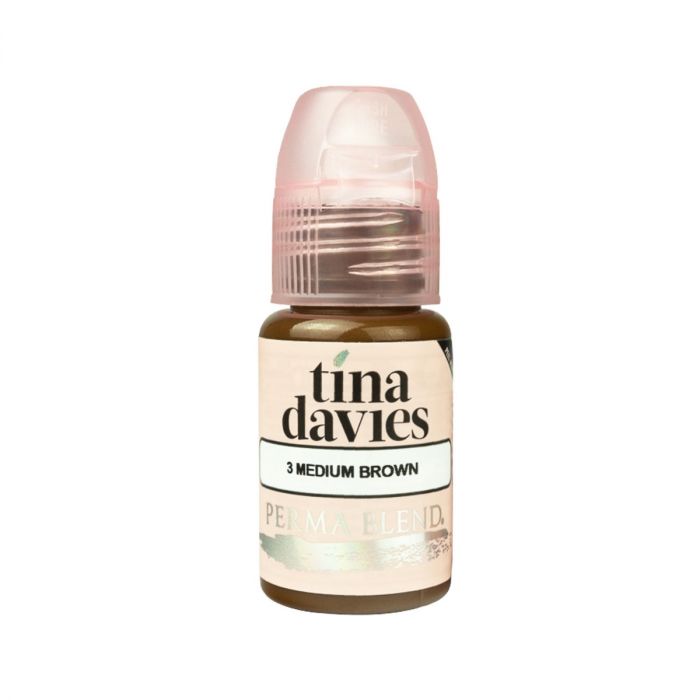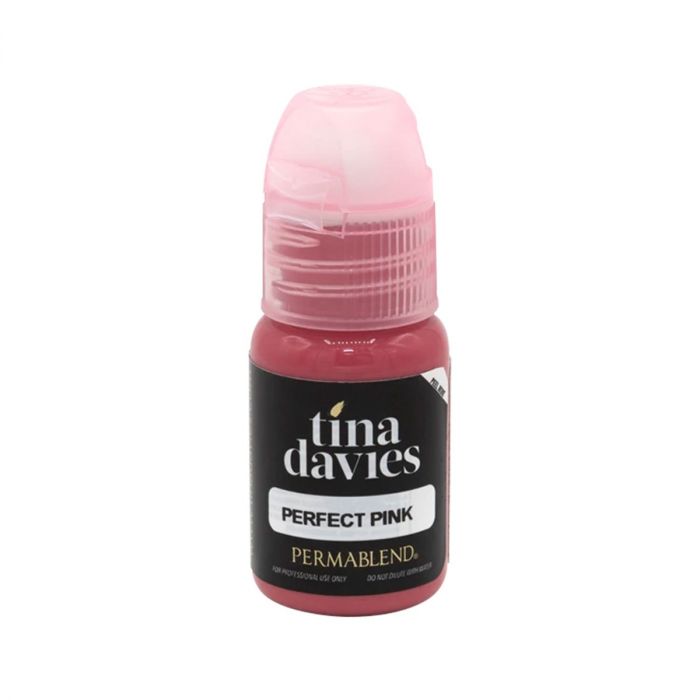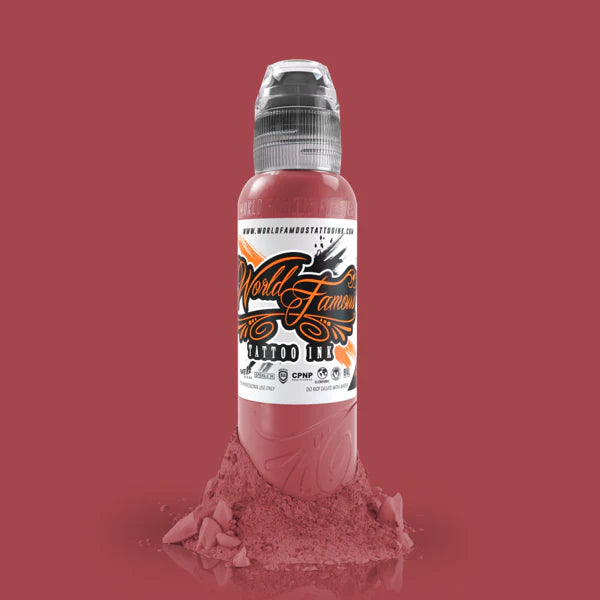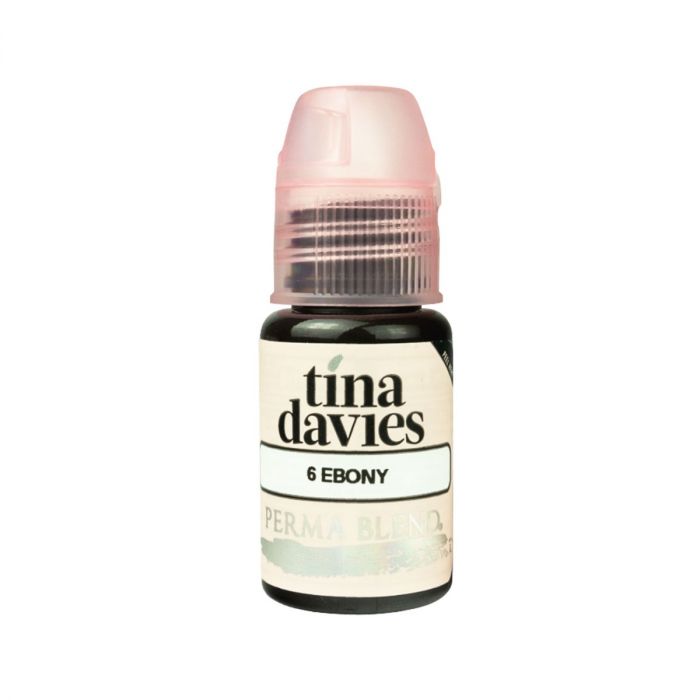Everything to know about EU Reach Compliance
What is EU Reach Compliance?
REACH (Registration, Evaluation, Authorization, and Restriction of Chemicals) is a European Union (EU) regulation that requires companies to provide information on the hazardous properties and safe use of chemical substances that they manufacture, import, or use within the EU. The goal of REACH is to improve the protection of human health and the environment through the better and earlier identification of the intrinsic properties of chemical substances. Companies that manufacture or import chemical substances in the EU, or that sell chemical products to customers in the EU, must ensure that their products are REACH compliant. This typically involves registering the substances with the European Chemicals Agency (ECHA) and providing information on their intended uses, potential risks, and any measures taken to mitigate those risks.
How Does Reach Affect the Tattoo Industry?
Overall, the goal of REACH is to ensure that the chemical substances used in the tattoo industry are properly evaluated and that appropriate measures are taken to protect the health and safety of tattoo artists, their clients, and the environment.
What About Permanent Makeup
Permanent makeup, also known as cosmetic tattooing or micropigmentation, involves the use of ink to create the appearance of makeup on the skin. The same principles of REACH compliance that apply to the tattoo industry also apply to the permanent makeup industry. This means that companies that manufacture or import products used in permanent makeup, such as inks, pigments, and needles, may be required to register these substances with the European Chemicals Agency (ECHA) and provide information on their safe use.
As with tattooing, permanent makeup artists and studios may be considered "downstream users" under REACH, meaning that they have certain responsibilities when it comes to ensuring the safety of the products they use. This may include obtaining safety data sheets (SDSs) for the products they use and following the recommended precautions for handling and using these products.
Does it affect the UK?
REACH is a European Union (EU) regulation, so it applies to all EU member states, including the United Kingdom (UK). However, the UK's membership in the EU has recently come to an end, and the country is now in a transition period during which it is no longer a member of the EU but is still subject to EU laws, including REACH.
As of 2021, it is not yet clear how the UK's relationship with the EU and its regulatory frameworks, including REACH, will be impacted by the end of the transition period. The UK government has said that it will continue to align with EU rules on chemicals during the transition period, but it is possible that there will be changes to the UK's approach to REACH and other chemical regulations once the transition period ends.
It is important for companies in the UK that are subject to REACH to stay informed about any developments related to the regulation and to ensure that they continue to comply with its requirements during the transition period and beyond.

